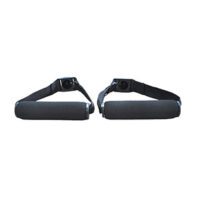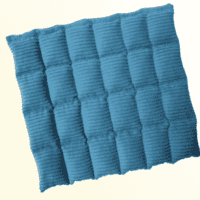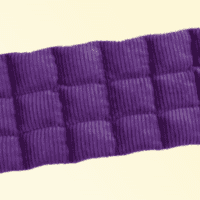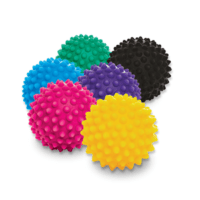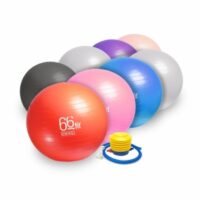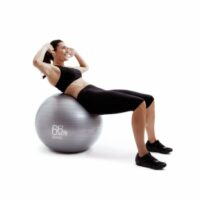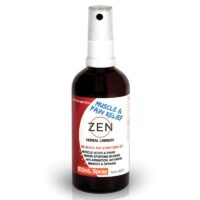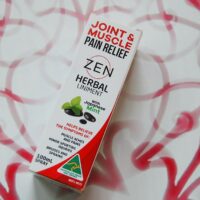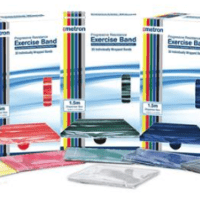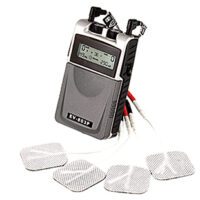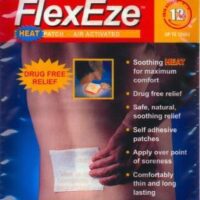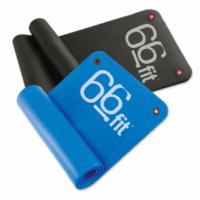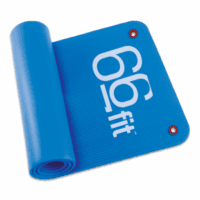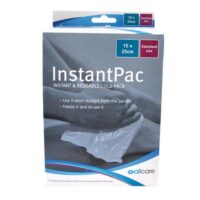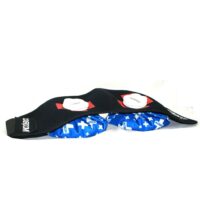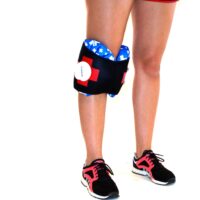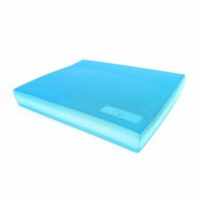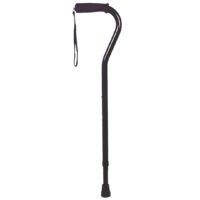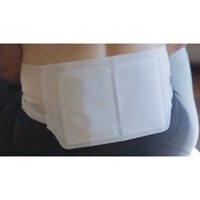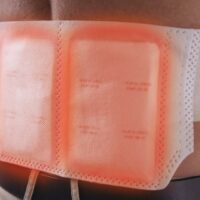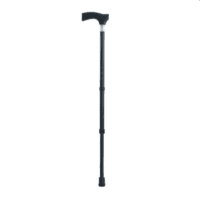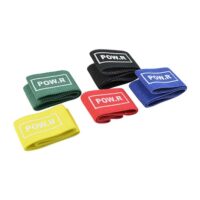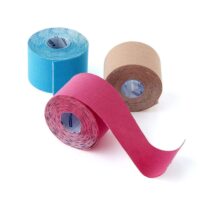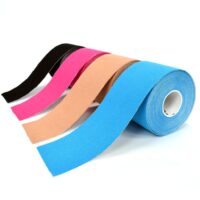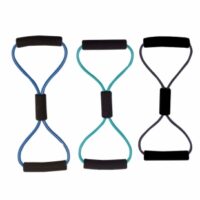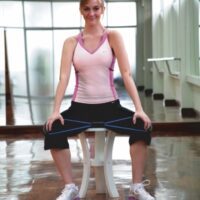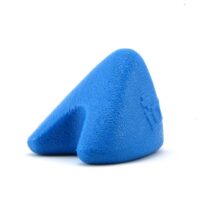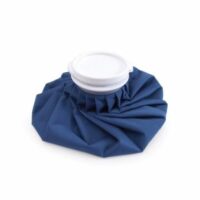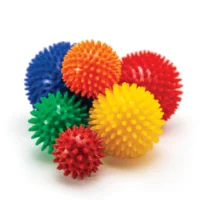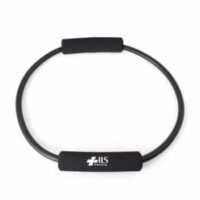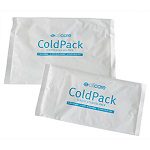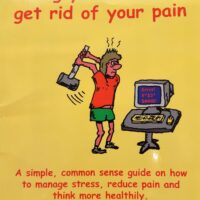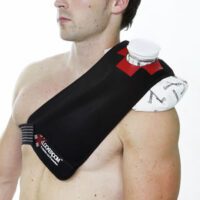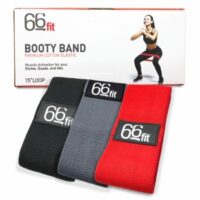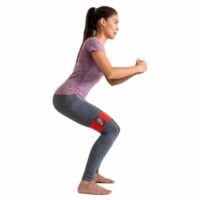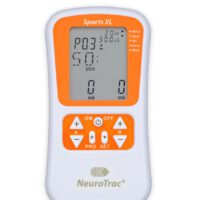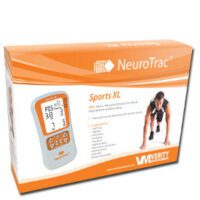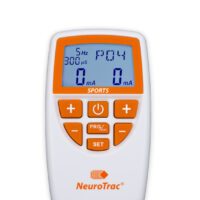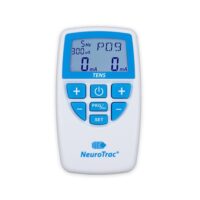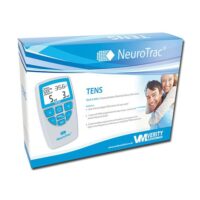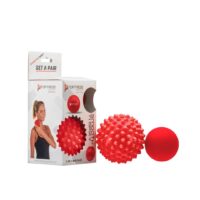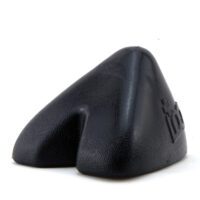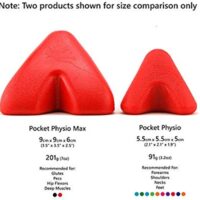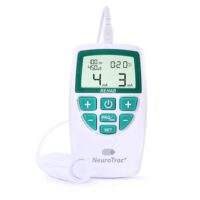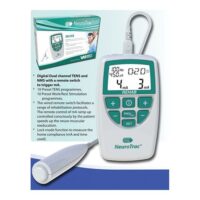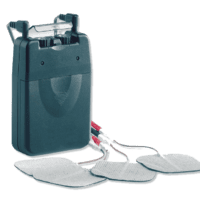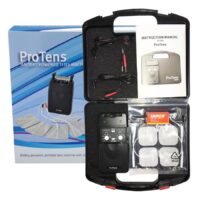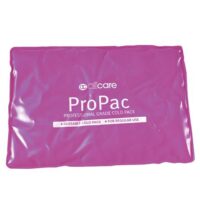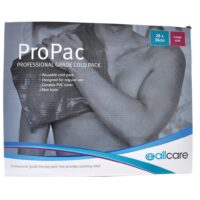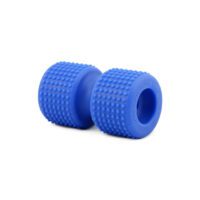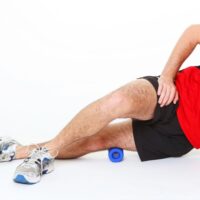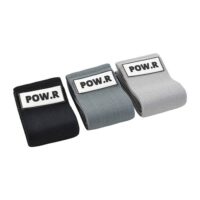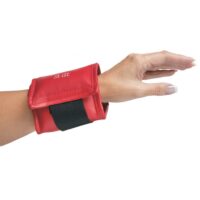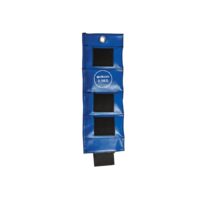Rheumatoid Arthritis
Article by Shane Armfield

What is Rheumatoid Arthritis?
Rheumatoid Arthritis is an autoimmune disease that causes inflammation in your joints. The main symptoms are joint pain and swelling. Rheumatoid Arthritis can also be referred to colloquially as Rheumatism and is best treated by a physiotherapist with a particular interest in Rheumatoid Physiotherapy.
Rheumatoid Arthritis causes inflammation in the synovium (covering the joint, which produces a small amount of synovial fluid that nourishes the cartilage and lubricates the joint). A build-up of fluid and cells causes inflammation in the synovium. This results in red and swollen joints that produce extra fluid and pain.
Your joint hurts for two reasons:
- Your nerve endings are irritated by the chemicals produced by the inflammation.
- The swelling stretches the capsule in your joint.
When the inflammation reduces, the capsule remains stretched and can’t hold your joint properly. This can make your joints unstable and move into unusual or deformed positions over time.
What are the Symptoms of Rheumatoid Arthritis?
Rheumatoid Arthritis varies from person to person, but it usually starts quite slowly. Symptoms tend to come and go. You may also have flare-ups when your symptoms become worse than usual.
Common symptoms of Rheumatoid Arthritis include:
- joint pain and swelling (fingers, wrists or the balls of your feet)
- stiffness (morning stiffness lasting over 30 minutes)
- tiredness (fatigue), depression, irritability
- anaemia
- flu-like symptoms, such as feeling generally ill, feeling hot and sweating.
- rheumatoid nodules (fleshy lumps below the elbows or on hands and feet)
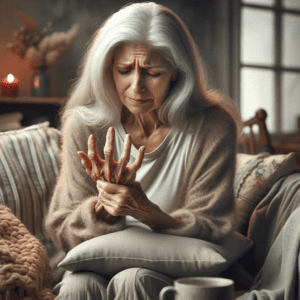
How is Rheumatoid Arthritis Diagnosed?
Due to the variety of symptoms experienced by patients, diagnosing Rheumatoid Arthritis can be complex. Doctors will confirm the diagnosis based on your symptoms, a physical examination and the results of x-rays, scans and blood tests. Your doctor may also refer you to a specialist (Rheumatologist) to confirm the diagnosis and receive treatment.
Blood tests, in this case, are used to measure inflammation. You may have one of these tests:
- Erythrocyte Sedimentation Rate (ESR)
- C-Reactive Protein (CRP).
Both of these may show a high value when inflammation is present. These tests may be repeated occasionally to help monitor your arthritis.
Please seek the professional advice of your doctor or physiotherapist.
What’s the Treatment of Rheumatoid Arthritis?
There is currently no cure for Rheumatoid Arthritis, but various treatments can slow down the condition and keep joint damage minimal.
The three main aspects of the treatment of rheumatoid arthritis are:
- Prescribed Drugs
- Rheumatology Physiotherapy
- Surgery
Physical Therapies for Rheumatoid Arthritis
Looking after your joints and managing your symptoms is very important in treating Rheumatoid Arthritis. Your physiotherapist can suggest several different therapies that may help ease your symptoms and reduce the impact Rheumatoid Arthritis can have on your life.
The following treatments have been shown to help patients with Rheumatoid Arthritis.
- Therapeutic Exercise
- Heat/Cold Therapy
- Education
- Pain Management
- Acupuncture
- Splinting Joints
- Fatigue management
- Manual techniques
- Hydrotherapy
Drugs for Rheumatoid Arthritis
Four main groups of drugs are used to treat Rheumatoid Arthritis:
- painkillers (analgesics)
- non-steroidal anti-inflammatory drugs (NSAIDs)
- disease-modifying anti-rheumatic drugs (DMARDs)
- steroids.
Your doctor or rheumatologist is the best clinician to discuss these drugs with and will manage the use of these medications carefully.
Surgery
Surgery is occasionally needed for rheumatoid arthritis. These may include injections, tendon surgery or, in extreme cases, joint replacement. The outcomes of these procedures are successful.
Professional healthcare advice is highly recommended.
What Can You Do For Yourself?
Understand your condition and how it affects you.
- “Knowledge is power”. Educating yourself on the condition will help you manage your symptoms better and empower you to talk to others (Rheumatologist, GP, family etc.) about your situation.
- Self-management courses – can help you build skills and confidence in becoming more actively involved in your healthcare and managing rheumatoid arthritis day today.
- Knowing about your medications can help you and your medical provider manage your symptoms more effectively.
- Understanding how your behaviour and activities influence your symptoms can help you reduce the pain and suffering caused by RA. Speaking to a health professional can help you identify aspects of your life that may be aggravating your RA and help address them.
Keep Moving – But Respect Your Pain & Swelling
- Exercise helps to lessen your pain in the long run by maintaining muscle strength and optimising joint health.
- Well-designed activity programs can increase your range of movement, reduce fatigue and help you feel better overall.
- Appropriate low-impact aerobic activities like hydrotherapy, cycling, Tai chi, pilates and walking can help improve your general health and manage your symptoms.
- A strength-training program called progressive resistance training (PRT) has improved physical function in people with Rheumatoid arthritis.
- Your physiotherapist will assess and prescribe rheumatoid arthritis exercises. Ask them what is best for you.
Relaxation techniques
- Managing stress and anxiety with muscle relaxation techniques, distraction, guided imagery, and other techniques can help improve your general health and control painful symptoms.
- Activities such as Tai Chi, Pilates and Yoga are great ways to relax and de-stress while conditioning the muscles and joints in the body.
Aids and equipment
- Supports like walking aids and specialised cooking utensils reduce joint strain and help you manage pain and fatigue. Your therapist can give you advice on aids.
Heat and Ice Therapy
- Heat – heat works to reduce muscle tension and stimulate blood circulation. You may find that applying something warm before getting up in the morning or during the day helps reduce discomfort and stiffness in your joints.
- Ice – Ice helps reduce inflammation in muscles and joints by constricting blood vessels and preventing fluids from leaking into surrounding tissues. It would help if you tried icing your joints after any significant activity or at the end of the day. This can minimise the inflammation resulting from daily activities.
Activity Pacing
- Knowing how your daily habits and activities influence your symptoms is very important. Overexertion can increase your pain and symptoms, while underactivity can have similar effects. Learning about activity pacing through diaries and activity management strategies can help you achieve what you want, but with less pain or discomfort.
Sleep Health
- Poor sleep patterns, environment, and position can significantly impact your pain and symptoms. Most people are unaware of the factors that can influence sleep health, so addressing these factors can help you manage your symptoms. A good therapist can assess your sleep health and provide you with aids and education to improve this aspect of your life.
Treat Your Muscles
- A quality remedial massage may be just the relief your muscles need. Treat yourself to a good rub down with someone you trust. The benefits vary from person to person but may include decreased pain and muscle stiffness associated with arthritis, increased circulation, and improved sleep and immune functions. Mentally, massage can also reduce stress and depression. Besides all that, massage feels good!
For more advice, please ask your Rheumatology Physiotherapist, Doctor or Rheumatologist.
Related Articles
- Arthritis Overview – Provides comprehensive information on different types of arthritis, including rheumatoid arthritis.
- Rheumatology Physiotherapy – Offers insights into physiotherapy treatments specifically for arthritis-related conditions.
- Osteoarthritis Information – Discusses osteoarthritis, a condition often confused with rheumatoid arthritis, highlighting the differences and similarities.
- Ankylosing Spondylitis: This page discusses how physiotherapy can help manage symptoms of Ankylosing Spondylitis, including pain relief and stiffness reduction.
- Fibromyalgia – Covers causes and treatments for fibromyalgia.
- Psoriatic Arthritis – Explains psoriatic arthritis and common treatments for this condition.
- Lupus – The page discusses lupus and its treatment options.
Rochedale - Call 38410277
Book Online: RochedaleSalisbury - Call 32751044
Book Online: SalisburySandgate - Call 32691122
Book Online: SandgateArticle by John Miller
Understanding Arthritis-Related Conditions
An Overview
Arthritis is a prevalent and diverse group of conditions affecting millions worldwide. It encompasses many disorders characterised by inflammation and joint pain, often leading to stiffness, swelling, and reduced mobility. Arthritis can significantly impact a person's quality of life, affecting their ability to perform daily tasks and engage in physical activities.
This article aims to provide a comprehensive overview of arthritis-related conditions, focusing on both rheumatoid and osteoarthritis. By understanding these conditions' causes, symptoms, and treatment options, individuals can make informed decisions about managing their joint health and seek appropriate medical guidance.
Arthritis Overview
In this article, we will explore the fundamental aspects of arthritis, including its definition, common symptoms, and risk factors. By establishing a clear understanding of what arthritis entails, readers can grasp the broader context before diving into specific subtypes.
Rheumatoid Conditions
This article delves into rheumatoid conditions, encompassing autoimmune disorders primarily affecting the joints. We will provide an overview of each condition, highlighting key characteristics, diagnostic approaches, and available treatment modalities. The rheumatoid conditions covered in this article include:
- Ankylosing Spondylitis,
- Fibromyalgia,
- Lupus,
- Psoriatic Arthritis,
- Rheumatoid Arthritis.
- What is a Rheumatoid Physiotherapy?
Osteoarthritis Conditions
Osteoarthritis, the most common form of arthritis, is the focus of this section. We will delve into its definition, underlying causes, risk factors, and prevalence. Additionally, we will explore specific osteoarthritis conditions.
Spinal Arthritic Conditions
Peripheral Joint Arthritis
By dividing the information into these sections, we aim to provide readers with a well-structured and informative resource. Each section will delve into the specificities of the respective conditions, including their impact on different parts of the body, available treatment options, and strategies for managing symptoms. Whether you seek general knowledge or are personally affected by arthritis-related conditions, this article is a valuable guide to navigating this complex field.
Please note that while this article provides a comprehensive overview, it is not a substitute for professional medical advice. Individuals experiencing symptoms or seeking specific treatment recommendations should consult with qualified healthcare professionals for personalised care.
Rochedale - Call 38410277
Book Online: RochedaleSalisbury - Call 32751044
Book Online: SalisburySandgate - Call 32691122
Book Online: SandgateArticle by John Miller
Understanding Osteoarthritis
Osteoarthritis, commonly referred to as degenerative arthritis, stands as one of the most prevalent forms of arthritis.
Joints, over time, exhibit signs of wear and tear: the joint cartilage thins out, extra bony spurs develop in response to stress, and joint mobility diminishes. In advanced stages, osteoarthritis can become not only painful but also limiting in function and mood.
Exploring Osteoarthritis Management
Regrettably, a cure for osteoarthritis remains elusive. Nevertheless, there are more effective methods to manage the condition and slow down the degenerative process. By embracing these improvements, you can make your life smoother and more comfortable. A crucial component of this approach is physiotherapy, which plays a pivotal role in reducing osteoarthritis-related discomfort, enhancing comfort, and maintaining your activity levels.
Validating with Research
Numerous studies underscore the benefits of physiotherapy in alleviating pain and mitigating the disability linked to arthritis, especially in cases of knee osteoarthritis. (Source: http://dx.doi.org/10.1136/bjsports-2016-096458)
Empowering through Expert Guidance
To rediscover the joy of life, seek the insightful counsel of your physiotherapist today!
Navigating Osteoarthritis Diagnosis
The most straightforward test to confirm osteoarthritis remains an X-ray. A skilled practitioner can often make a reliable assessment of your condition upon examination.
Impact on Ageing Individuals
As we age, most of us inevitably encounter some degree of osteoarthritis. The wear and tear on our joints can result from various factors, including aging, injury, prolonged microtrauma, joint overuse, or excessive weight. This can lead to lasting changes in the bones, even in the absence of painful symptoms.
The extent of suffering varies, ranging from mild or occasional pain triggered by increased use or minor injury, to those who remain symptom-free and others who experience constant debilitating pain.
Weight-bearing joints like the hips, knees, ankles, feet, and spine are commonly affected. However, osteoarthritis can target any joint in the body, with hands and shoulders also being frequently affected. While severe cases might necessitate surgery, the majority respond positively to the combination of physician-prescribed physiotherapy and medication.
Recognising Osteoarthritis Signs
Osteoarthritis might be suspected if you encounter any of the following:
- Intermittent joint pain or tenderness
- Morning stiffness, particularly pronounced
- Swelling or distortion of the joint
- Detectable warmth and redness in the joint
- Challenging joint movement
Holistic Osteoarthritis Care
For guidance on your osteoarthritis diagnosis, self-help strategies, or the most suitable treatment, reach out promptly to your physiotherapist or a trusted healthcare professional.




